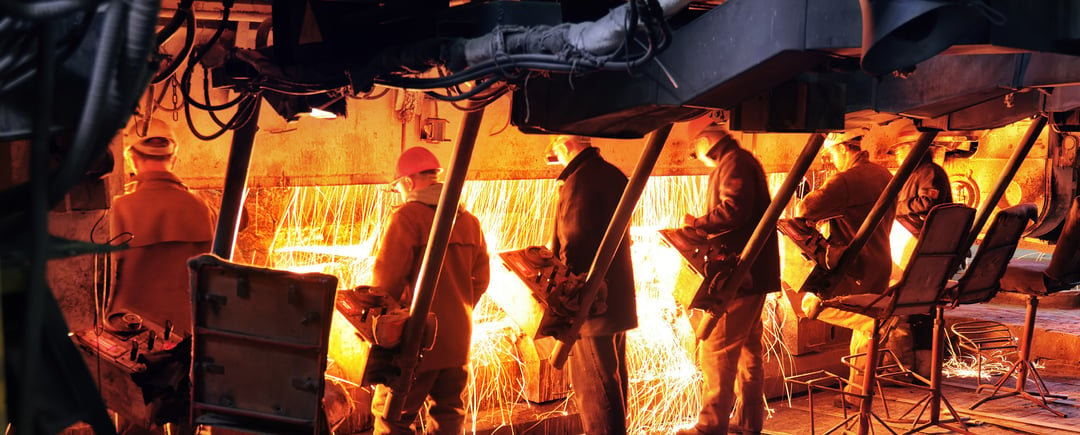When you are active in selecting protective clothing for areas with risks like molten metals, radiant heat and electric arc (ARC), then you most probably have heard of the terms FR treated and inherent FR. But what is the actual difference between the two and why is one cheaper than the other? With the explanation below, we hope to clarify the differences and help you make better choices in the future.
Inherent FR
Inherent literally means “existing as a natural or basic part of something”. A nice synonym for inherent is intrinsic. So whenever you come across an inherent FR fabric, it indicates that at least one of the fibers used in that fabric has its own FR properties.
The most common FR fibers used in protective clothing are modacrylics and aramids. These fibers provide excellent protection against flames and heat. The higher the performance level of the fiber, the lower the weight you need to achieve a certain level of protection. And as a wearer, we generally prefer lightweight clothing because it’s much more breathable and thus comfortable than heavier clothing.
FR Treated
FR treated fabrics are based on cotton, blended with polyester, para-aramid or polyamide. These fabrics get their FR property from the chemical treatment that is applied to the fabric. This chemical treatment is executed in such a way that it fully penetrates the fiber and as such is bonded throughout the entire fabric. As a result of this treatment, the fabric becomes flame retardant and keeps this property during the lifetime of the garment.
What to choose when?
Unfortunately, there is no straight answer to this question. It mostly depends on the industry and the preferences of the users. However, to help you choose between the two, we have listed some typical pros and cons for each below:
-
FR Treated
- PROS: very good protection against molten metal, good protection against heat and ARC, relatively cheap, good value for money in dirty environments where expected lifespan is not very long.
- CONS: wash fastness is typically not very good (pale look after several washes), to achieve similar FR properties as inherent FR the fabrics typically become a bit heavier and therefore tend to be a bit less comfortable.
-
Inherent FR
- PROS: excellent heat and ARC protection, excellent colour fastness even after numerous washings hence good cost in use performance, typically lighter weight solutions with excellent comfort levels, typically used in less dirty environments where the corporate look is also important.
- CONS: limited protection against molten metal splash, typically a more expensive fabric than FR treated.
In general, it all comes down to your own needs and preferences. As these are often important decisions, we are more than happy to provide you with the right advice.
Aside from the type of FR fabric, which are the other industry trends you need to consider?
Selecting your new protective clothing is one of the most essential factors to create the best possible safety culture in your company. By reading this blog, you’re exploring the possibilities of certain fabric types. With the current technological progress that we are experiencing in the industry, it is necessary that you stay up to date. Do you want to learn more about fiber and fabric trends? Download our whitepaper and discover 6 of the newest industry trends in protective clothing.



![6 Industry trends [EN]](https://eu.tencatefabrics.com/hs-fs/hubfs/EU%20-%20Images%20website/EU%20-%20Mock-up%20nieuwe%20afmetingen/6%20Industry%20trends%20%5BEN%5D.png?width=170&name=6%20Industry%20trends%20%5BEN%5D.png)




.png?width=399&name=Risk%20management%20for%20PPE%20clothing%20in%20the%20EV%20and%20battery%20industries%20(5).png)
